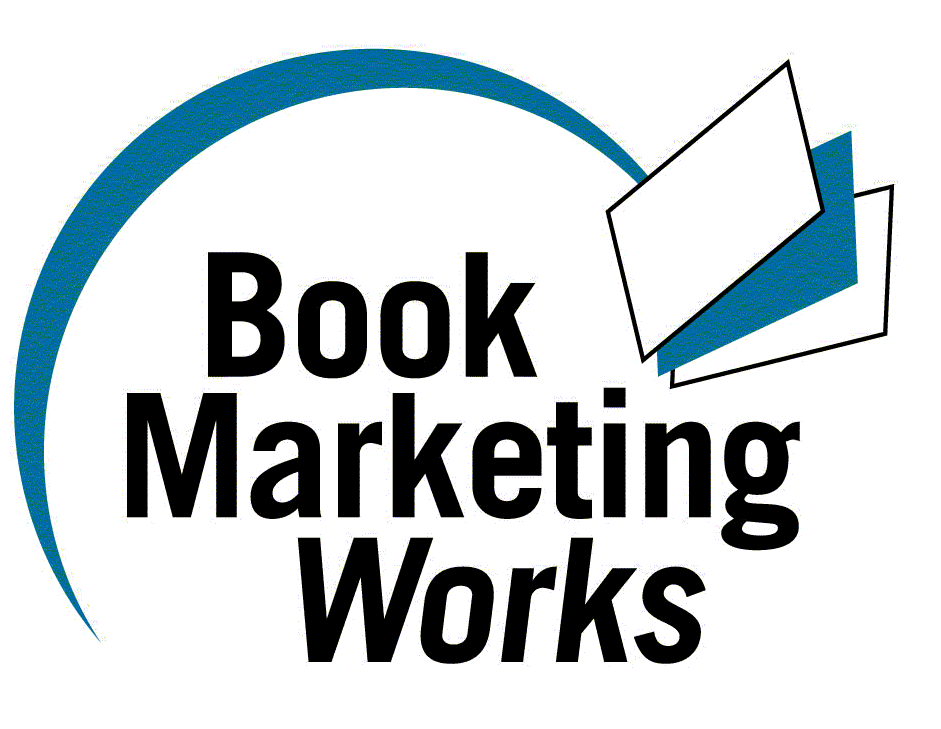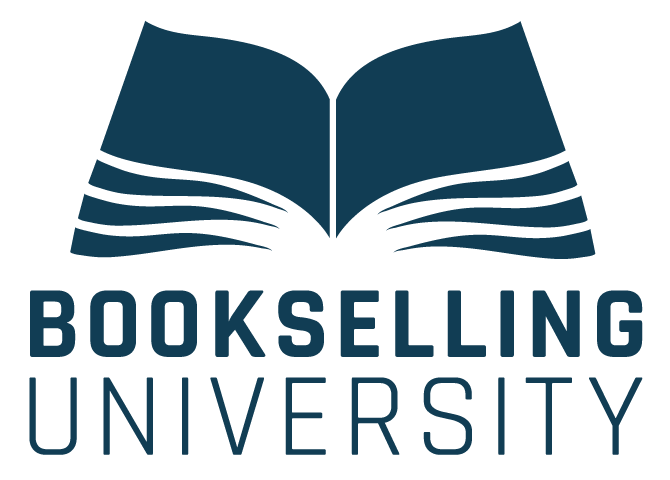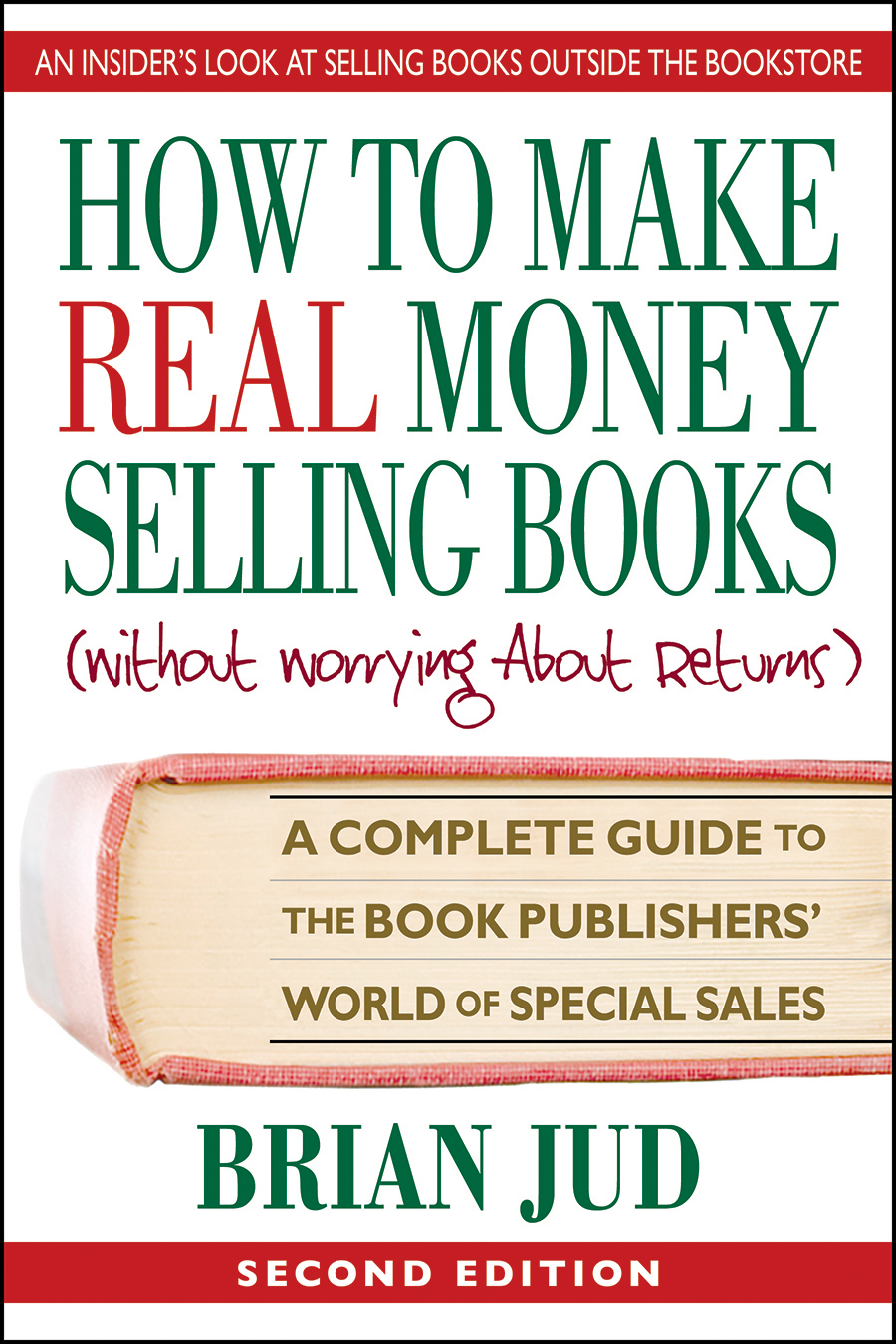|
One Size Doesn't Fit All Brian Jud Many publishers think every person in the United States is a prospective customer for their titles and they waste significant sums of money trying to reach the mass market. However, the book-buying public is extremely diverse in its reading and buying requirements. You will be more effective and efficient finding groups of people who, as a whole, exhibit some similarity of need for your title. The key is not to market a title that everybody likes a little, but to market a title that fewer people like a lot and are willing to purchase. These smaller groups of people are called market segments. They consist of an identifiable number of people within the total population that exhibit a common need for the books you publish. There are three steps involved in the process of finding these groups and communicating a message that will motivate them to buy. The first step is market segmentation, where you make a list of everyone who could be a potential customer. The second is market targeting. Here you prioritize the segments according to their need for your titles. Third, creating a market position that communicates the reasons why people in each market would benefit by purchasing your titles. 
Job Search 101 (by Brian Jud) serves as an example of these concepts. This title describes the basic functions of finding and securing a job (writing a cover letter and resume as well as employing interviewing techniques). Market Segmentation There are several groups of potential customers for Job Search 101, the obvious being unemployed people. However, this cluster can be further divided into smaller segments, each with vastly different reasons for buying and using the information in the book. These include blue-collar workers, college students, and experienced unemployed executives. Market Targeting Since Job Search 101 describes examples and techniques that are probably not applicable to blue-collar workers, this segment can be eliminated. Experienced executives can be reached through libraries and bookstores, as well as through their state's unemployment offices. College students utilize the free services of their schools' career placement offices and comprise the largest recurring group of prospective customers. If you choose a push marketing strategy (selling to your distribution network), your target markets would be bookstores, libraries, college career-placement officers, corporations and state governments. If you choose a pull marketing strategy (selling to the ultimate consumer), you could communicate to college students and unemployed business executives through support groups and newspapers and magazines devoted to providing job-search information. Market Positioning Given a limited budget, many independent publishers choose a push strategy and market to the various middlemen through advertising, direct mail and publicity. However, each middleman has its unique reasons for marketing your books, making it impossible to reach them all with one marketing campaign. Your positioning statement must communicate your title's distinct benefits as they relate to that segment, by demonstrating how your title meets their divergent needs. Here are examples of positioning statements for different segments: SegmentPositioning Statement (Communicated in each message) BookstoresJob Search 101 is backed by a large promotional budget that will drive traffic to your stores and increase your profits. LibrariesJob Search 101 will help you help your patrons find a new job quickly. CollegesJob Search 101 has information and examples just for college students, increasing the ratio of your students who find a job before they graduate. CorporationsJob Search 101 has unique information that will help your released employees find new employment quickly. State GovernmentsJob Search 101 will show people in (state name) how to find new jobs quickly, without leaving the state. Dividing your prospective customers into manageable segments will also help you pinpoint nontraditional markets for special sales and further increase your revenue. An example of this concept is marketing to companies that use books as a way to increase sales of their products. They may use books as motivational tools for their employees, as gifts for their customers or as premiums to lure new customers. |
Check out these testimonials...





